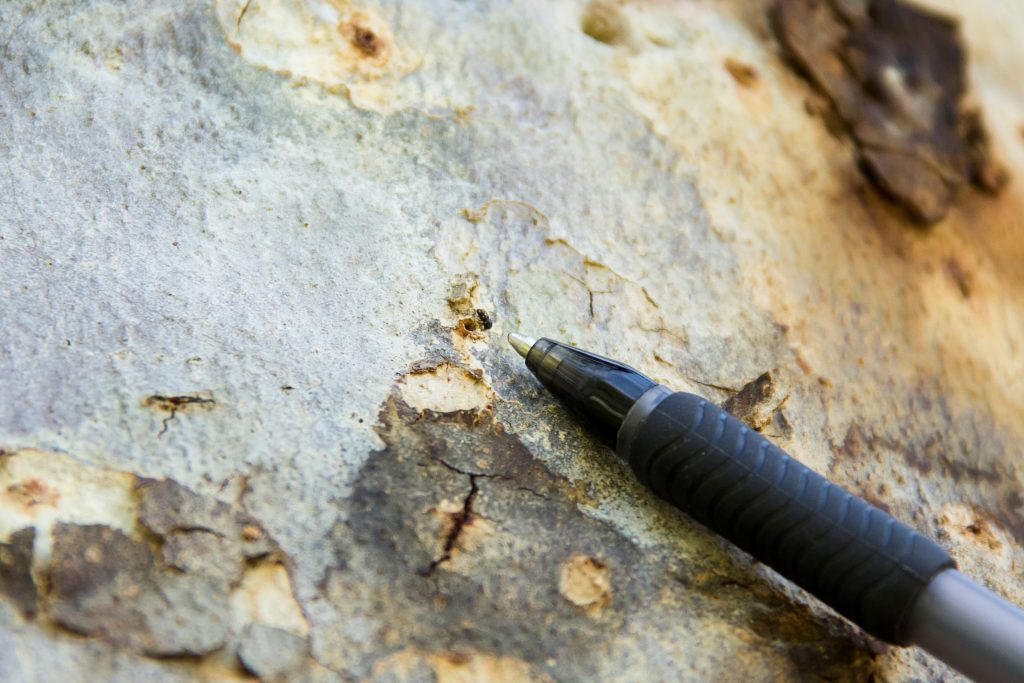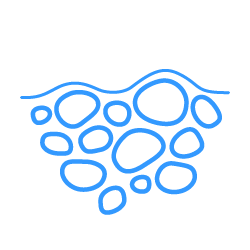
Invasive shothole borer’s sole food source is the infectious fungi that it spreads from tree to tree.
FAMILY
Curculionidae, one of the largest animal families in the world
NATIVE RANGE
Southeast Asia (likely)
INTRODUCED RANGE
Southern California, Israel
Important Environmental Factors

Most levels of paved or compacted ground below 80%

Low to moderate seasonal variation in temperature

Low annual rainfall (~250-500 millimeters per year)
Habitat and Behavior
The invasive shothole borers, or ISHB, are ambrosia beetles, which means they have a special, symbiotic relationships with one or more species of fungi. When ISHB bores its long, winding galleries (tunnels) into a host tree, it allows the fungi to infect the tissue of that host. One of ISHB’s associated fungi, Fusarium euwallaceae, causes a tree disease called Fusarium Dieback. This disease prevents host trees from taking up water and nutrients properly, leading to the death of the branches and sometimes the entire tree. In California, it has been found in urban street trees, agricultural environments, and native habitats.
Impact in California
ISHB was first detected in Los Angeles in 2010 and has attacked over 260 tree species so far, including native plants, urban trees, and agricultural crops like avocado. It spreads the Fusarium Dieback disease among all of these susceptible host plants, and has been linked to the deaths of hundreds of thousands of trees in Southern California.
Management
Scientists are researching the biology of the beetle, the disease, and host response to treatments in an attempt to better understand and manage this destructive species. We developed this model in order to illustrate the likelihood that ISHB would occur in a given area, based on the vulnerability of the environment. The model is informed by field observations that were collected by researchers from 2012 to 2017. Learn more about invasive shot-hole borer at www.pshb.org.


Data source:
Species records provided by UC Cooperative Extension – Orange County; the Eskalen Lab at UC Riverside; and USDA Forest Service, Forest Health Protection Service.
Acknowledgements:
We would like to thank John Kabashima, Tom Coleman, Akif Eskalen, and Shannon C. Lynch for sharing ISHB field data.